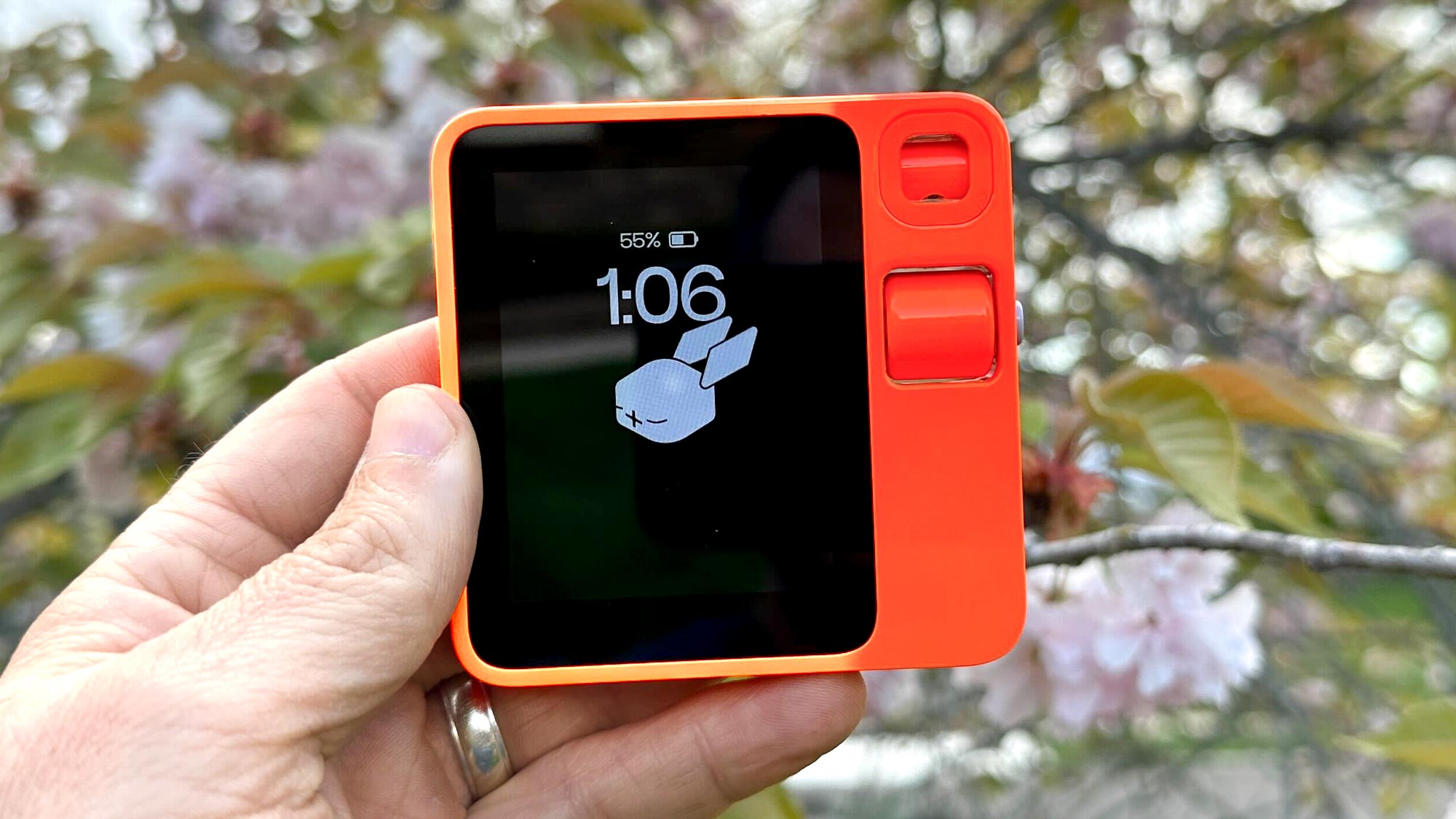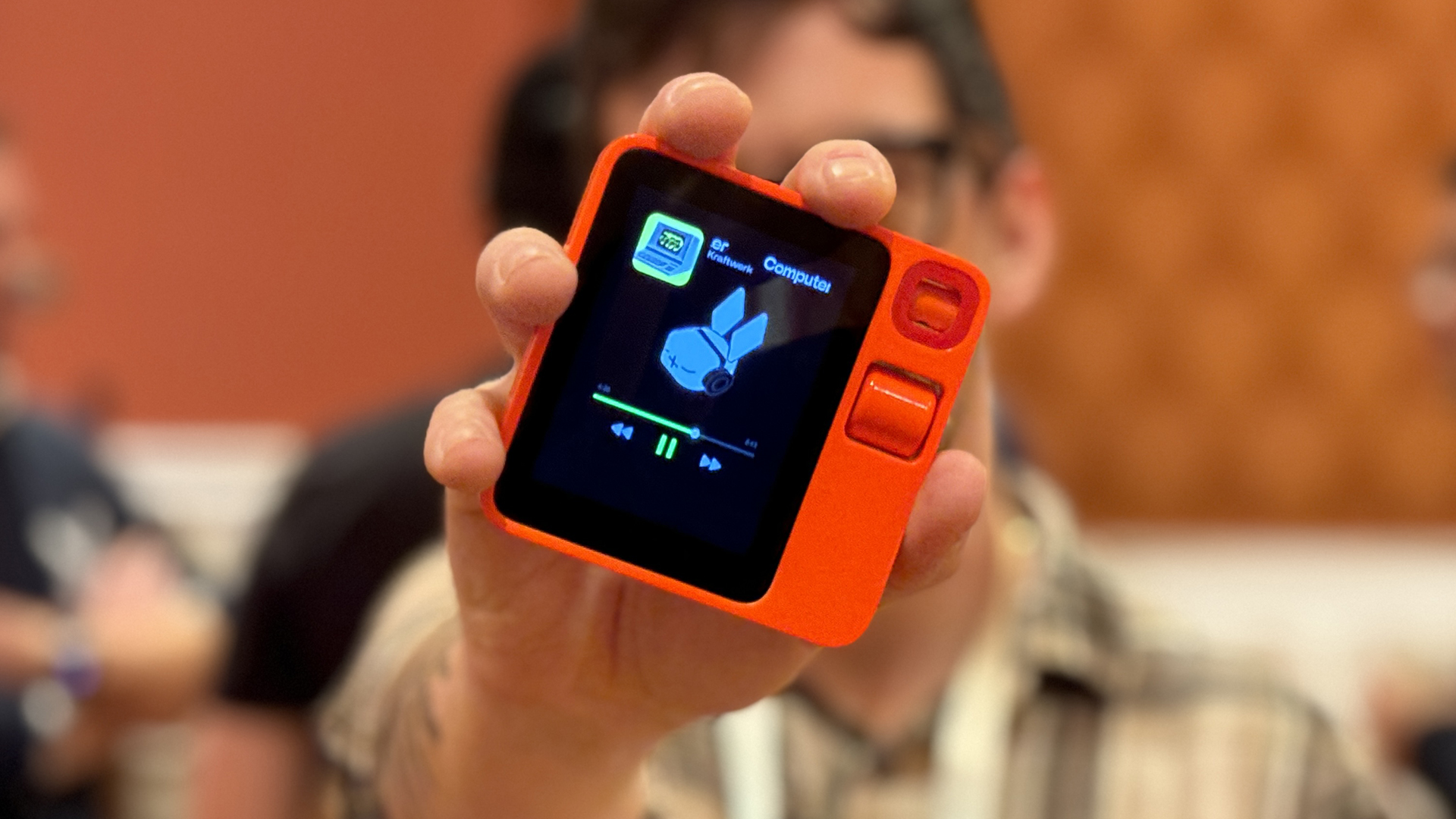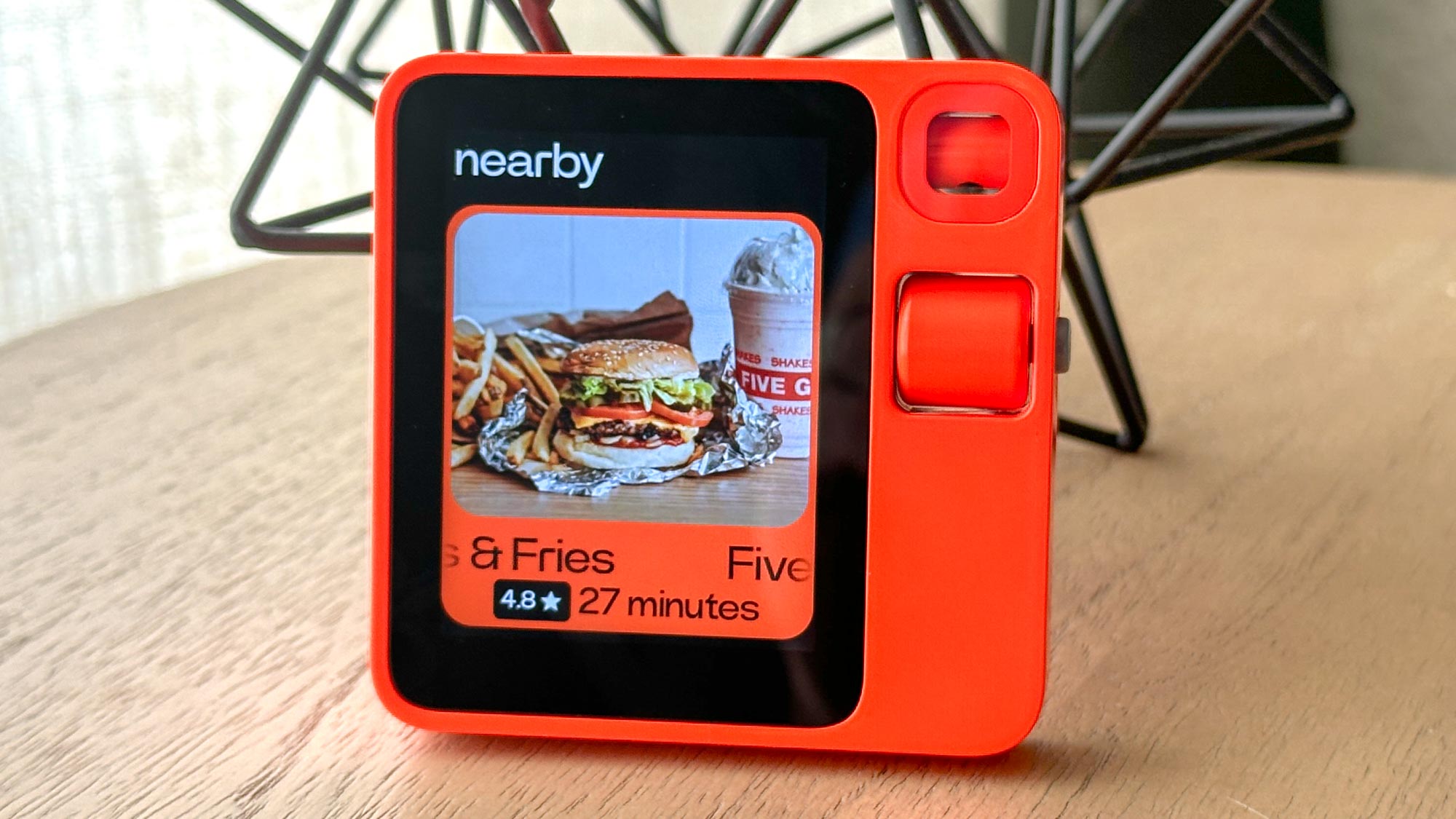Gaslighting and gotchas — breaking down the ‘Rabbit R1 is just an app’ controversy
Like hopping through a minefield

Well, this has been an interesting week for the Rabbit R1 to say the least! After riding on a wave of hype at CES 2024 (we actually gave it our ‘best in show’ award), the final hardware and software did not live up to those expectations.
These elements have only made the scrutiny louder about why the software behind the R1, named Rabbit OS, couldn’t have just been an app you use on your phone, rather than an additional device to carry around. And almost too perfectly timed, Android Authority reported that it is actually “just an Android app.”
After a strong defense from Rabbit CEO Jesse Lyu, this is starting to become popcorn-worthy, so I started to look deeper. The reality falls into a giant, complicated gray area that I’ll try and pick apart by going through what happened beat-by-beat, and making sense of what’s actually going on.
But first, let’s start by addressing that key question that is on everyone’s lips…or typing fingers.
Why isn’t Rabbit just an app?

It’s one that I saw regularly under my post on Tom’s Guide’s TikTok. Not only that, but it’s a fair one to ask too — especially in the currently rough state that the Rabbit R1 is in right now.
The fire around this has been further fuelled by two key developments.
- First, Android Authority’s Mishaal Rahman took a look at the code that runs the R1 and found that Rabbit OS is an APK (Android Application Package) running with Android 13 on the device. With that info, the publication has been able to install the R1 app on a Pixel 6a.
- And second, Flutterflow’s Will Hobick has also got Rabbit R1 software emulation working on iOS.
The r1 rabbit working on IOS 👀This app utilizes device time, battery life, haptic touch, camera and more. Built in just a few hours and working as a PWA, IOS and Android (see thread)This demo was built in @FlutterDev with @FlutterFlow pic.twitter.com/cZ935M4YUUMay 2, 2024
Lyu has vehemently argued against this in a statement sent to Android Authority — starting bluntly with “rabbit r1 is not an Android App,” and then talking about how the company is aware of “rabbit OS app/website emulators.”
Sign up to get the BEST of Tom's Guide direct to your inbox.
Get instant access to breaking news, the hottest reviews, great deals and helpful tips.
Alongside this, he warns of the “significant risks” carried by “using a bootlegged APK or webclient,” and how “rabbit OS and LAM run on the cloud.” The main reason for this defence is that Lyu believes calling an Android app is too simplistic for what it is. But in this situation, awkwardly, both Rabbit and Android Authority are right. It all comes down to semantics.
On one side, you have a CEO calling it an operating system, but a thorough piece of journalism proving it is indeed an APK that could be installed onto any phone — an app. I get that rabbit OS is part of the meticulous branding exercise around the device (alongside calling the AI agents that fuel the Large Action Model “Rabbits”).
However, according to Oxford Dictionary, an operating system is the “low-level software that supports a computer’s basic functions.” Rabbit’s different interpretation of what an OS is — an app file that is a transactional tool between the device and the LAM and LLM running on the cloud (which acts like low-level software) — seems to be a sore spot that is causing accusations of gaslighting.
so let me get this straight - the rabbit r1 was exposed for being a regular overpriced android smartphone and its ceo is trying to gaslight everyone into thinking it isn't? pic.twitter.com/Ce233IpPqMMay 1, 2024
The truth is more complicated than this, however, so it’s time to go deeper.
AI-OSP is the norm

Let’s take another look at that statement, though, because something jumped out at me.
“rabbit OS and LAM run on the cloud with very bespoke AOSP and lower level firmware modifications, therefore a local bootleg APK without the proper OS and Cloud endpoints won’t be able to access our service”.
Outside of what I mentioned in the previous section about this having all the makings of an Android app, it’s the mention of AOSP (Android Open Source Project) that got me doing a little digging. Because you see, the Open Source Project is the building blocks to a lot of hardware devices — including the Humane AI Pin, which also claims to run its own operating system.
The only real difference (and probably one where Rabbit has shot itself in the foot) is that Lyu has doubled down on the “it’s not an app” defense. Pair that with the “why isn’t this an app” conversation, and you’ve got quite the juicy revelation on paper.
However, when you take into account that the open source nature of AOSP means that you’ll see it being used in numerous gadgets, and based on the chatter around the device, Rabbit running Android isn’t a new discovery (even mentioned in company job descriptions), it just feels slightly overblown to me.
Looking ahead

If I was to put my start-up hat on (the one that helped me theorize that Rabbit and Humane may be gunning for an acquisition by Apple or Google), the immediate reason I see for this being a device and not an app is one of a profit margin and presentation.
Because sure, Rahman has proven that the base level of rabbit OS is an APK, and an emulator is running on iOS. But what is the more lucrative play here: an app with an AI subscription model (something users have already shown their discomfort paying for) or a $200 box designed by Teenage Engineering?
It helps the company to stand out in what is going to be a very noisy market once we see what’s coming to iOS and Android at WWDC and Google I/O respectively. It’s no secret that Siri is getting some beefy AI upgrades soon, and Gemini is going to go deeper into Android phones. And while the point of it being a box over an app is going to be questioned, having a (literally) bright, eye-catching piece of hardware for a pretty low price is going to keep you in that conversation.

If anything, it got me contemplating about this maybe being the reason why the device has been shipped out in a rather unfinished state to begin with — to get ahead of all this. But I realize this may be more of my tin foil hat thinking.
But anyway, let me share what else we do know here at Tom’s Guide. First, looking into the distance, Rabbit has no plans on releasing its service as an app, and neither are they thinking about a Rabbit Hole app — something to pair the device with your phone to see your interaction history.
In the near future, Rabbit looks set to respond to two of our key criticisms of the R1, which were the awkward way to control the volume (especially when listening to music) and not enabling the touchscreen when interacting with settings. No timeline has been given, but the feedback has been heard and these are being addressed.
More from Tom's Guide
- What is GPT2? Mysterious new AI model could be a preview of OpenAI’s next-gen behemoth
- Google Chrome users will soon be able to access Gemini AI directly from the search bar — here's how
- Is Apple bringing ChatGPT to iOS? Probably, along with every other AI

Jason brings a decade of tech and gaming journalism experience to his role as a Managing Editor of Computing at Tom's Guide. He has previously written for Laptop Mag, Tom's Hardware, Kotaku, Stuff and BBC Science Focus. In his spare time, you'll find Jason looking for good dogs to pet or thinking about eating pizza if he isn't already.
-
Boo N'Kiath Will people feel happier if it was built on Qt on bare Linux, each element coded using low level CReply
Rabbit R1 is slammed largely based (to me) on the security holes behind the rabbithole cloud thing, absence of various advertised features, difficulty of use incl battery life
Let Rabbit make good on that first,
building on top of Android will allow iteration and fast fixes
people can do with a good AI tool for just 200 dollars with no monthly fee










